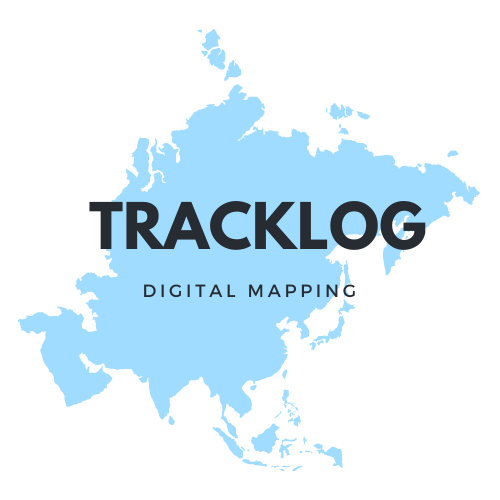Classification of digital maps by purpose.
Economic maps. This class of maps is the most extensive and diverse in socio-economic themes. First of all, there are industry maps, subdivided into mining and manufacturing or more detailed maps of each industry. Agricultural maps are even more numerous. Natural resources are widely used, often with their economic evaluation, especially land resources, labour resources, material and technical base of agriculture, etc. Agricultural production maps are subdivided into farming and livestock production maps. Forestry maps describe the distribution and use of forest resources. Maps of science, training, population services are linked to maps of population, economy, trade, communications.
Automation of any industry, including surveying, can follow two interdependent but very important directions. One of them is in creation of new technical means ensuring replacement of manual operations and processes with operations of automatic devices and systems; the second one is in searching for essentially new technical ideas and solutions. Interrelation of these directions is expressed in the fact that, on the one hand, development and use of automation tools is based on new ways and methods of work, and on the other hand, improvement of topography methodology requires taking into account possibilities of modern technology. Analysis of the content and tasks of large-scale mapping at the present stage allows to distinguish three basic principles of geodetic production automation.
Transition to representation of topographic information in the form of a digital terrain model implemented on the computer; formalization of surveying parameters as information process in "human-machine" system with development of new technological processes methods; systematic approach to production process organization, expressed in creation of automated mapping systems.
Users of topographic and geodesic information are able to receive not one universal document (topographic map or plan), which requires additional processing, but a number of materials of different content and form, required to solve specific engineering problems. Such an approach meets the needs of various branches of economy in topographic and geodesic and cartographic materials, and gives a great economic effect due to their multiple and multipurpose use.

Let us consider digital mapping as an automated information process in the "man-machine" system. The initial integrated process is the collection of digital information during ground surveying, photogrammetric processing of aerial photos, digitalization (conversion into digital form) of available cartographic materials, survey of terrain and underground economy (or interpretation of images). All these activities are carried out by different methods and instruments, using different technologies, and are therefore characterized by the diversity of the resulting data forms (different coordinate systems, composition, formats, data codes, etc.).
